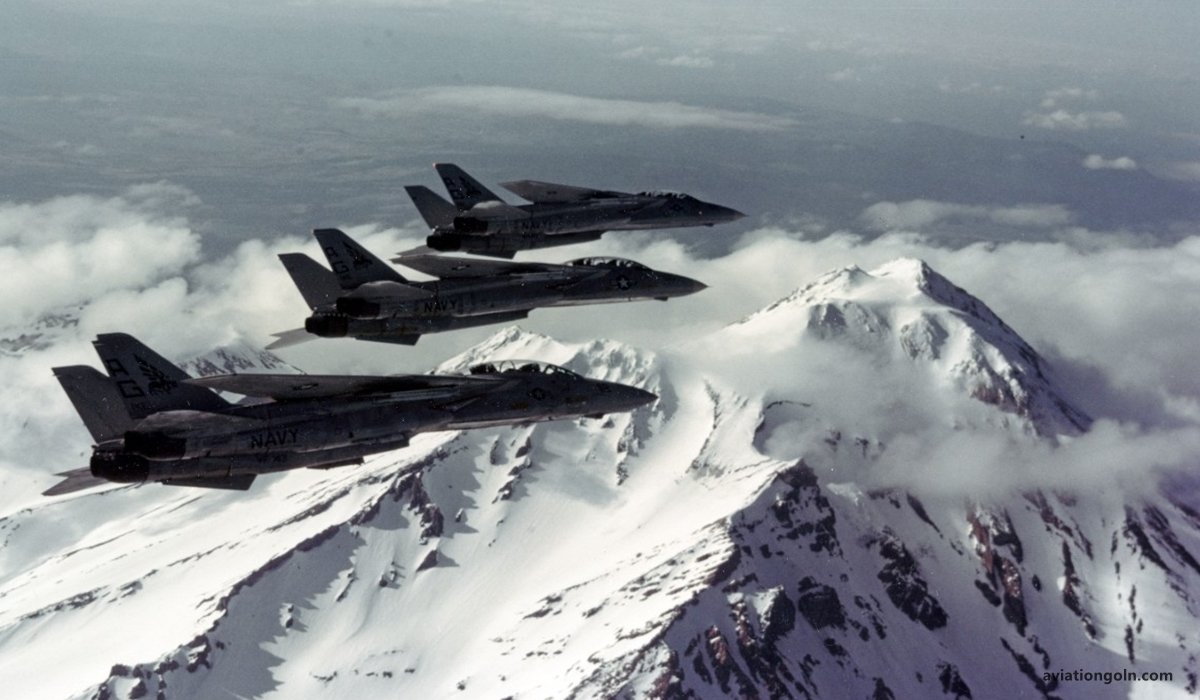Control systems are paramount in the modern aviation industry. At the heart of these control systems are avionics, the electronic systems used on aircraft, artificial satellites, and spacecraft. Avionics systems comprise communication systems, navigation systems, and many other systems integrated into a cohesive whole to allow pilots, ground crews, and even passengers to interact with the aircraft and its environment. This article delves deep into the world of avionics, breaking down its components and highlighting its importance in flight and air traffic management.
Control Systems: The Components of Avionics Systems
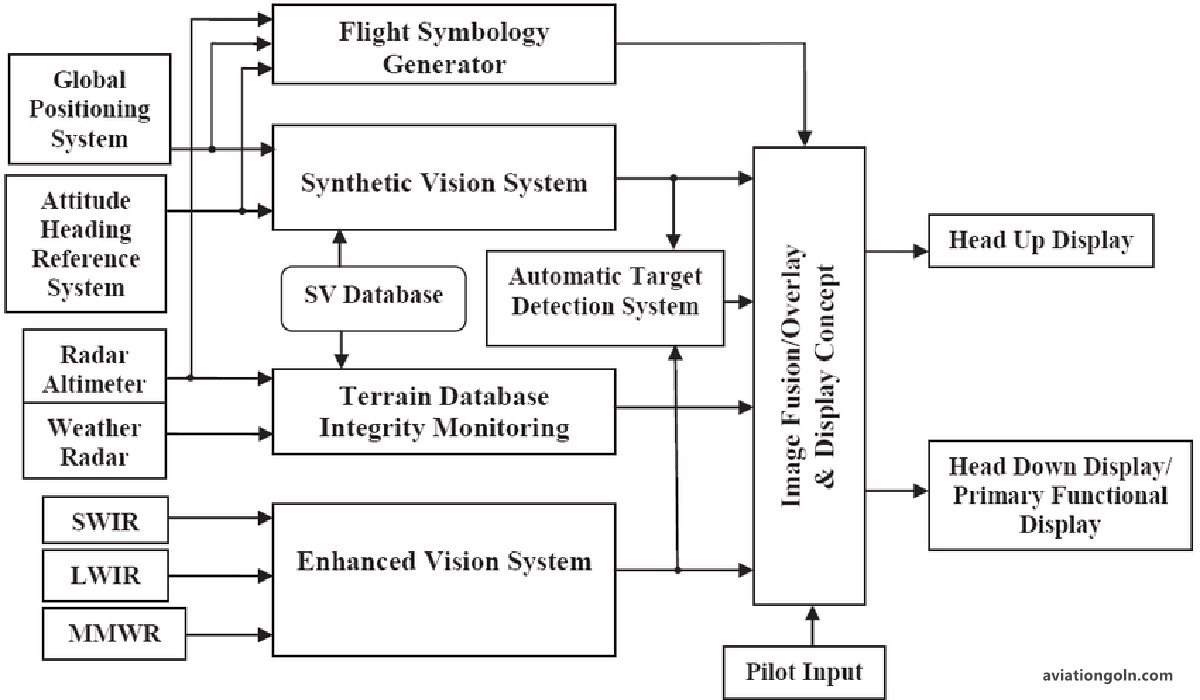
1. Introduction to Avionics Systems
Avionics is a portmanteau of the words “aviation” and “electronics.” These systems have revolutionized flight, making it safer, more efficient, and even more environmentally friendly.
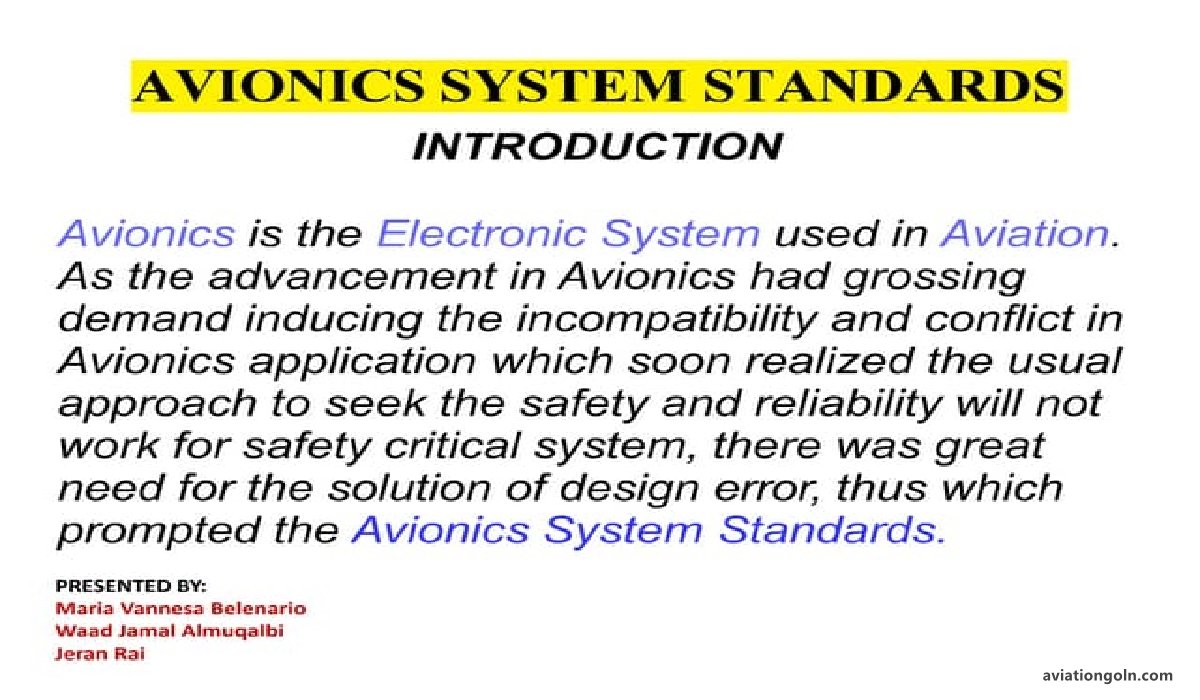
2. The History of Avionics
The roots of avionics can be traced back to the early 20th century when aircraft began to incorporate rudimentary electrical systems. As technology advanced, especially after World War II, avionic systems grew more complex, encompassing everything from navigation and communications to flight control systems and collision avoidance.
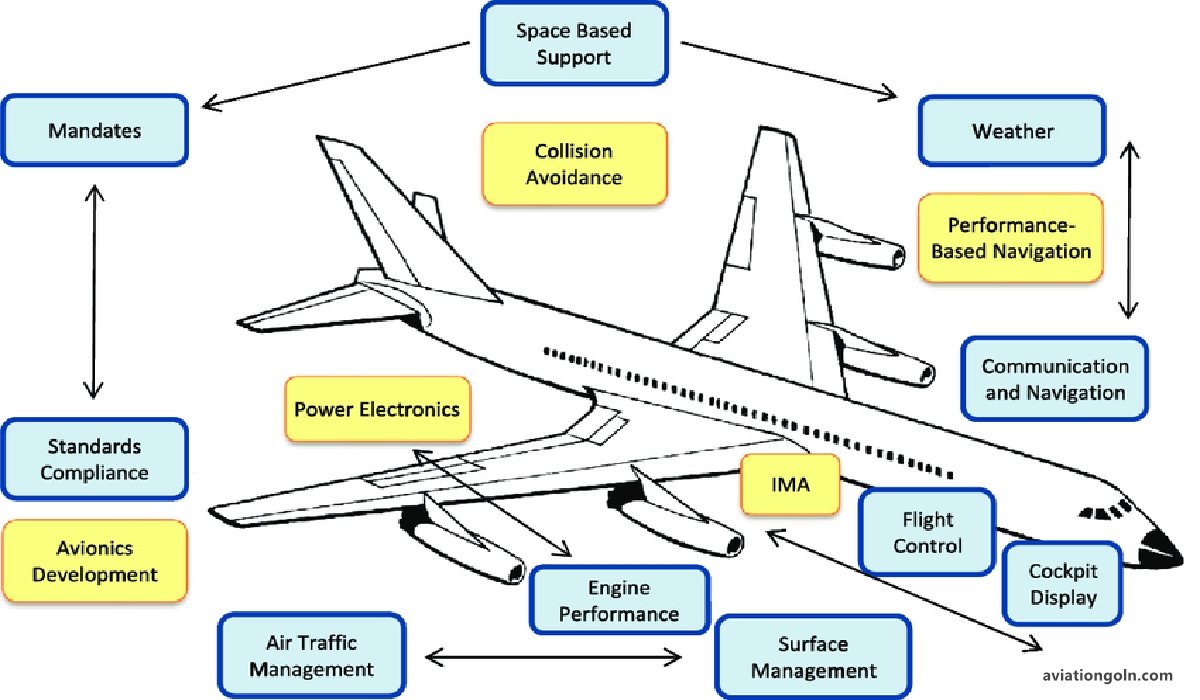
3. Main Components of Avionics Systems
- a. Communication Systems Communication is vital in aviation. Avionics communication systems enable interaction between the cockpit crew, cabin crew, air traffic controllers, and even other aircraft. The main communication systems include:
- VHF Communication Systems: Primarily used for communication with air traffic control.
- HF Communication Systems: Useful for long-distance communication, especially over oceans.
- SATCOM: Satellite communication systems allow for global coverage.
- Intercom Systems: Enables communication within the aircraft.
- b. Navigation Systems The importance of accurate navigation can’t be overstated. Avionics navigation systems encompass:
- GPS: Global Positioning System gives accurate global positioning data.
- INS: Inertial Navigation Systems use motion sensors to calculate position.
- VOR/DME: Very High Frequency Omnidirectional Range and Distance Measuring Equipment is a standard radio-based navigation system.
- ILS: Instrument Landing System assists pilots during landing in low visibility conditions.
- c. Monitoring Systems These systems provide feedback on the aircraft’s status. They include:
- Engine Monitoring Systems: Provide data on engine health and performance.
- Flight Instrument Systems: Display flight parameters like altitude, speed, and heading.
- Fuel Management Systems: Monitor and manage fuel consumption and levels.
- d. Flight Control Systems These are designed to assist pilots in controlling the aircraft. Key systems include:
- AutoPilot Systems: Automatically controls the aircraft based on inputs.
- Fly-by-Wire Systems: Replaces traditional manual flight controls with an electronic interface.
- Stability Systems: Helps maintain the stability of the aircraft.
- e. Collision Avoidance Systems Safety is paramount in aviation. Collision avoidance systems like TCAS (Traffic Collision Avoidance System) and ACAS (Airborne Collision Avoidance System) alert pilots to potential collision threats.
- f. Weather Systems Weather plays a critical role in flight safety. Avionic weather systems include:
- Weather Radars: Provide real-time weather information to the cockpit.
- Lightning Detectors: Alert pilots to nearby lightning activity.
- g. Information Systems In the age of information, these systems provide pilots with necessary data for flight. EFB (Electronic Flight Bag) and ACMS (Aircraft Condition Monitoring System) are examples.

4. Integration of Avionics Systems
Integration ensures that all these diverse systems communicate effectively. Modern aircraft use integrated modular avionics (IMA), where different software applications run on common hardware platforms. This results in weight reduction, streamlined maintenance, and increased flexibility.
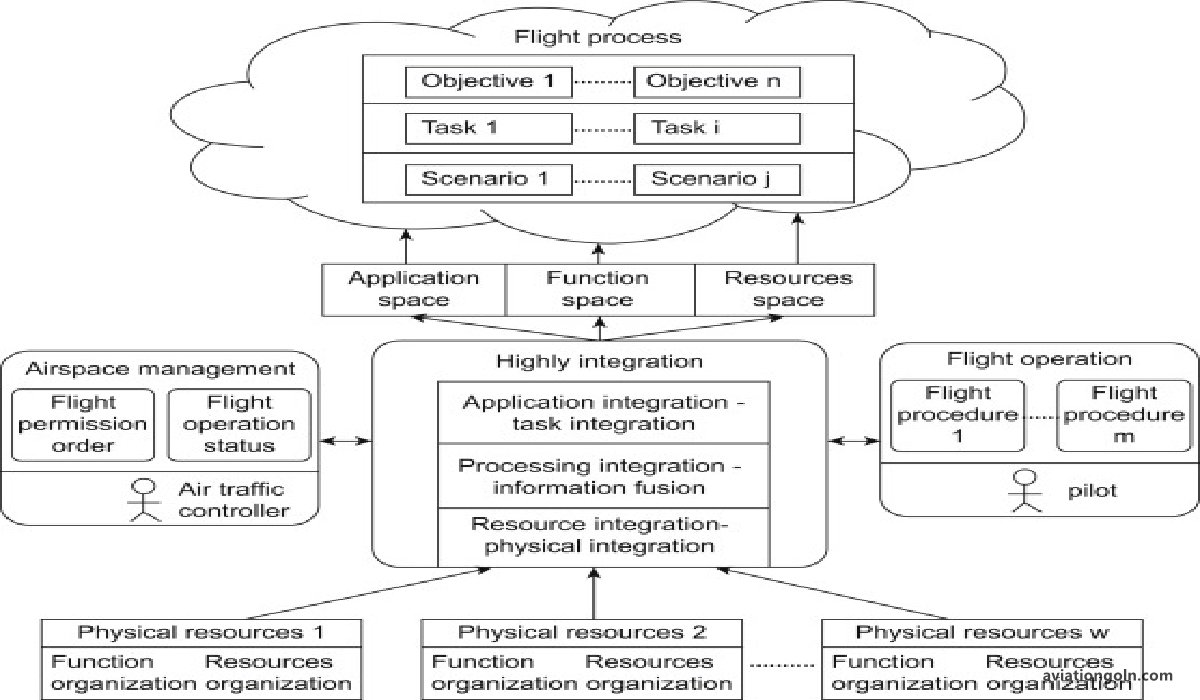
5. Evolution and Advancements
With advancements in technology, avionics systems are becoming more sophisticated. We’re seeing the rise of:
- Artificial Intelligence: AI can predict system failures, optimize flight paths, and even assist in piloting.
- Data Analytics: Big data is making it easier to optimize everything from fuel consumption to maintenance schedules.
- Advanced Connectivity: As global connectivity improves, so does the ability to communicate in real-time, anywhere.
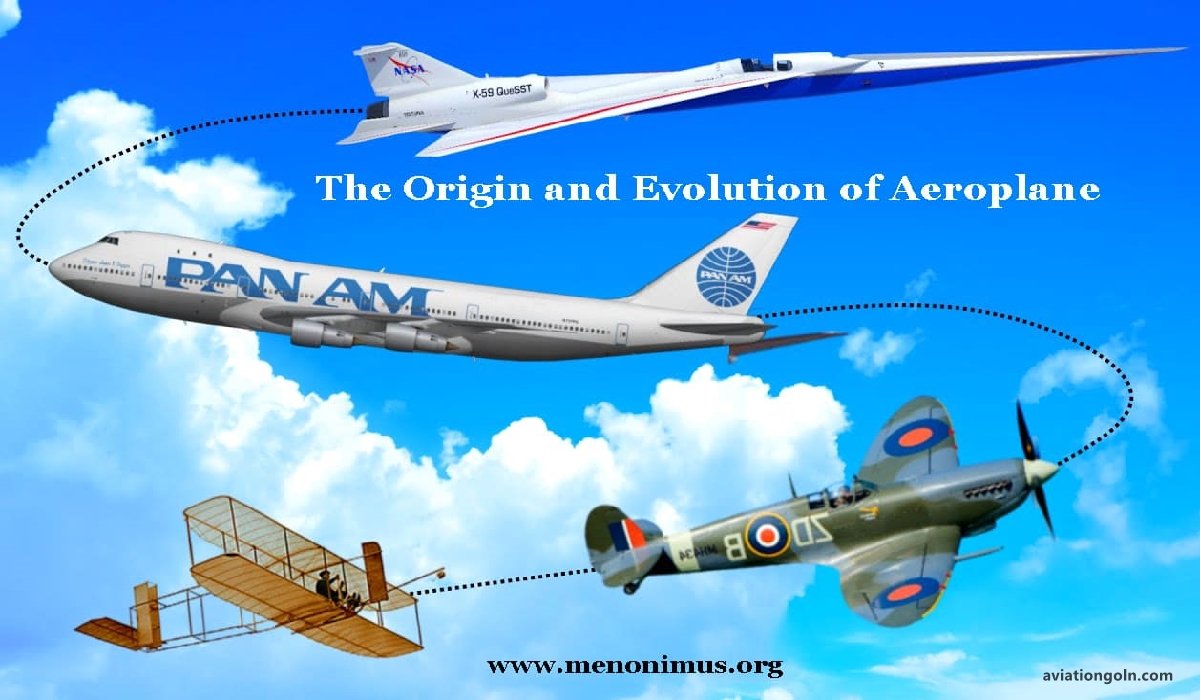
6. Challenges in Avionics
While avionics has brought countless benefits, it also presents challenges:
- Cybersecurity: As aircraft become more connected, they’re more vulnerable to cyber threats.
- Regulations: The pace of technological advancement often outstrips regulatory frameworks, making it a challenge for manufacturers and operators.
- Reliability: As we become more dependent on these systems, any failure can have significant implications.
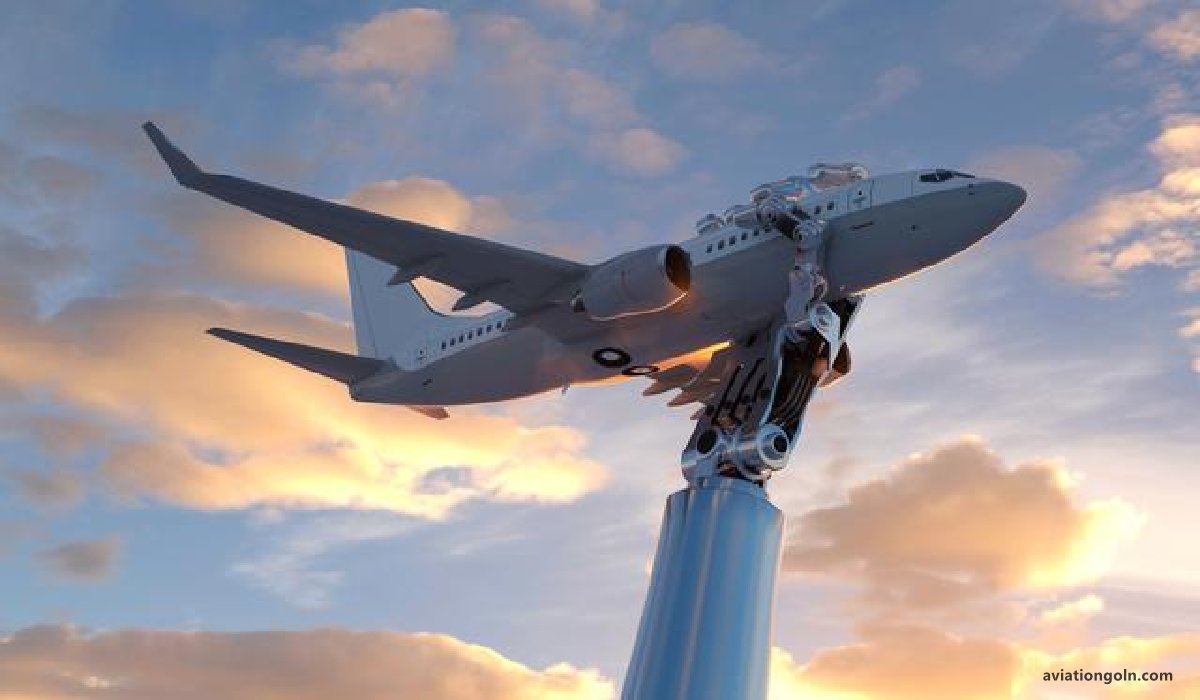
7. The Future of Avionics
The future holds immense promise. We’re on the cusp of seeing truly autonomous aircraft, greater integration with air traffic management systems, and even more efficient and environmentally friendly flights.
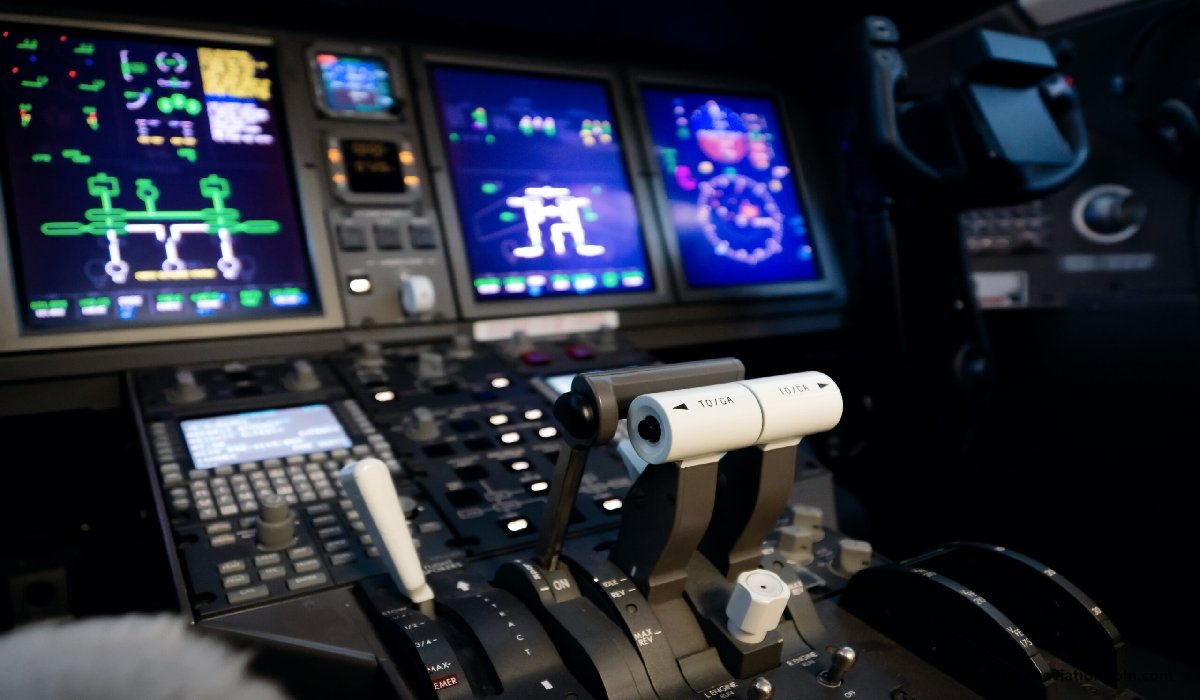
8. Conclusion
Avionics systems are the nerve center of modern aircraft. From ensuring safe and efficient flights to providing crucial real-time data to pilots, these systems are indispensable. As technology continues to evolve, so will avionics, ushering in a new era of flight that’s safer, more efficient, and more connected than ever before.
